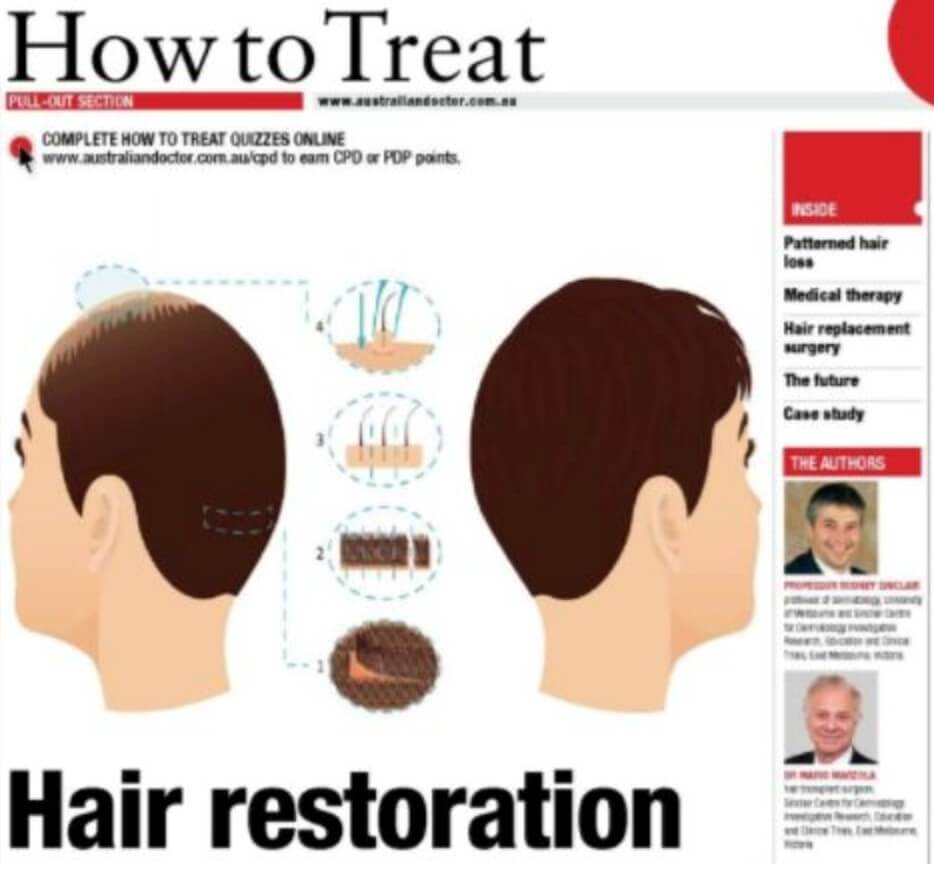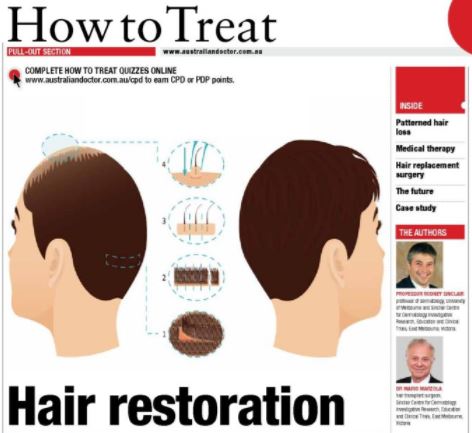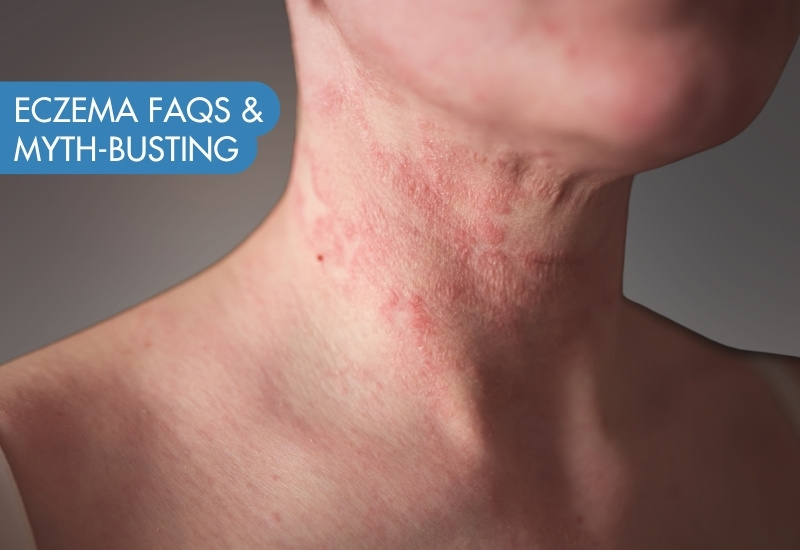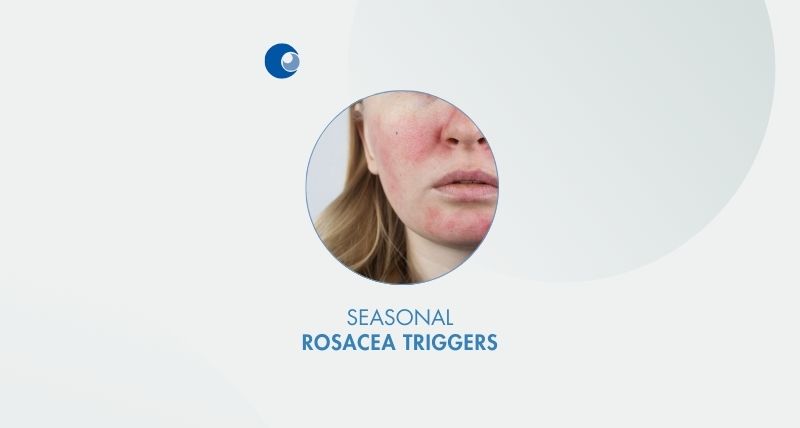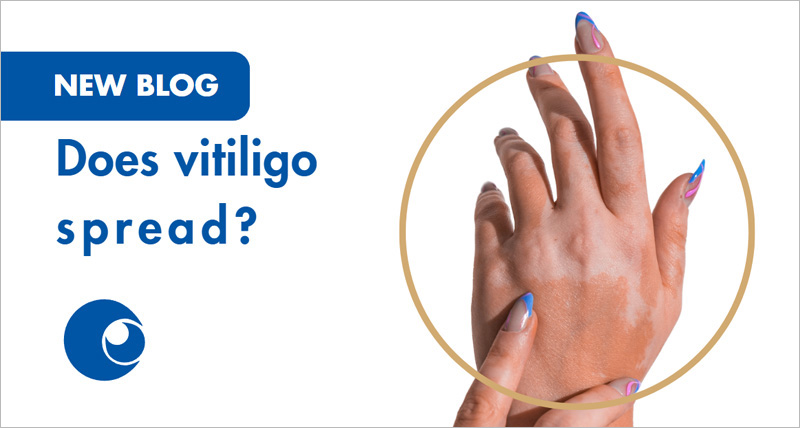Over the last few years, hair restoration to treat hair loss has undergone an extensive refinement of techniques. Dr Shoji Okuda performed the first hair transplantation in Japan during the early 1940’s. By the 1960’s, Dr Norman Orentreich from the USA demonstrated that the behaviour of transplanted hairs is determined by the characteristics of the donor site rather than the recipient site. Dr Orentreich’s principle of donor dominance became the foundation of hair transplantation when treating patterned hair loss in men and women.
During the 1980’s, Dr Richard Shiell from Melbourne pioneered follicular unit transplantation. This technique was widely used for the next 30 years. In 2000, Dr Ray Woods from Sydney developed a technique known as follicular unit extraction. You can read more about the details of this technique here (link to PDF). World-renowned dermatologist Professor Rodney Sinclair has successfully treated thousands of hair loss patients with hair restoration treatments.
Over the last 15 years there have been significant medical treatment advances to treat male and female pattern hair loss. Men and women with advanced androgenetic alopecia can now be treated effectively with medical therapy and hair transplantation procedures.
Patterned hair loss in men and women
As all men and women age, they will progressively lose the amount of hair they have. While the age at which androgenetic alopecia starts varies from person to person, the pattern of hair loss in women and hair loss in men is relatively constant.
People who have hair loss that exceeds normal age-related androgenetic alopecia are defined as having premature hair loss. The hair on your scalp grows differently to hair elsewhere on the body. You can read more about hair loss here
Medical therapy for hair loss
When hair loss is treated with medical therapy, the intention is to stimulate partial regrowth while stopping the progression of hair loss. In up to 95% of men who take a daily dose of oral Finasteride (1mg) the progression of hair loss is halted, while partial regrowth of hair occurs in up to 60% of men. While Dutasteride stimulates hair regrowth better than Finasteride, there are adverse sexual side effects.
Minoxidil is available topically and orally and effectively increases hair count and the linear growth rate of hair while prolonging anagen duration. The known side effects of oral Minoxidil include tachycardia, fluid retention and hypotension. Known side effects of topical Minoxidil include dermatitis, hypertrichosis and temporary telogen effluvium.
Hair replacement procedures
There are two types of hair replacement procedures: hair transplantation and follicular unit transplantation. Hair transplantation is ideal for people who want to have a modest change in the fullness of their hair. Follicular unit transplantation involves scalp reduction procedures. People who have this hair replacement procedure get more effective results.
Read more about the two types of hair replacement procedures here (link to PDF)
The future of hair replacement
The future of hair replacement lies with hair cloning and artificial fibres. The ultimate goal of hair cloning is to remove a single follicle with a punch biopsy, isolate the dermal papilla cells and expand the cell population in culture. These cells are then reimplanted into the skin. While there has been good progress with hair cloning, more work needs to be done before human trials can commence.
Artificial fibres are an appealing concept for hair replacement because the results are instantaneous. However, once the fibres are cut they do not regrow or change colour when the patient goes grey. Another limitation with artificial fibres is that they only last 5-10 years.
Get the best hair restoration treatment in Melbourne
Our specialist, highly trained dermatologists have helped thousands of men and women who have hair loss. Book a hair restoration appointment here or call us on (03) 9654 2426.

